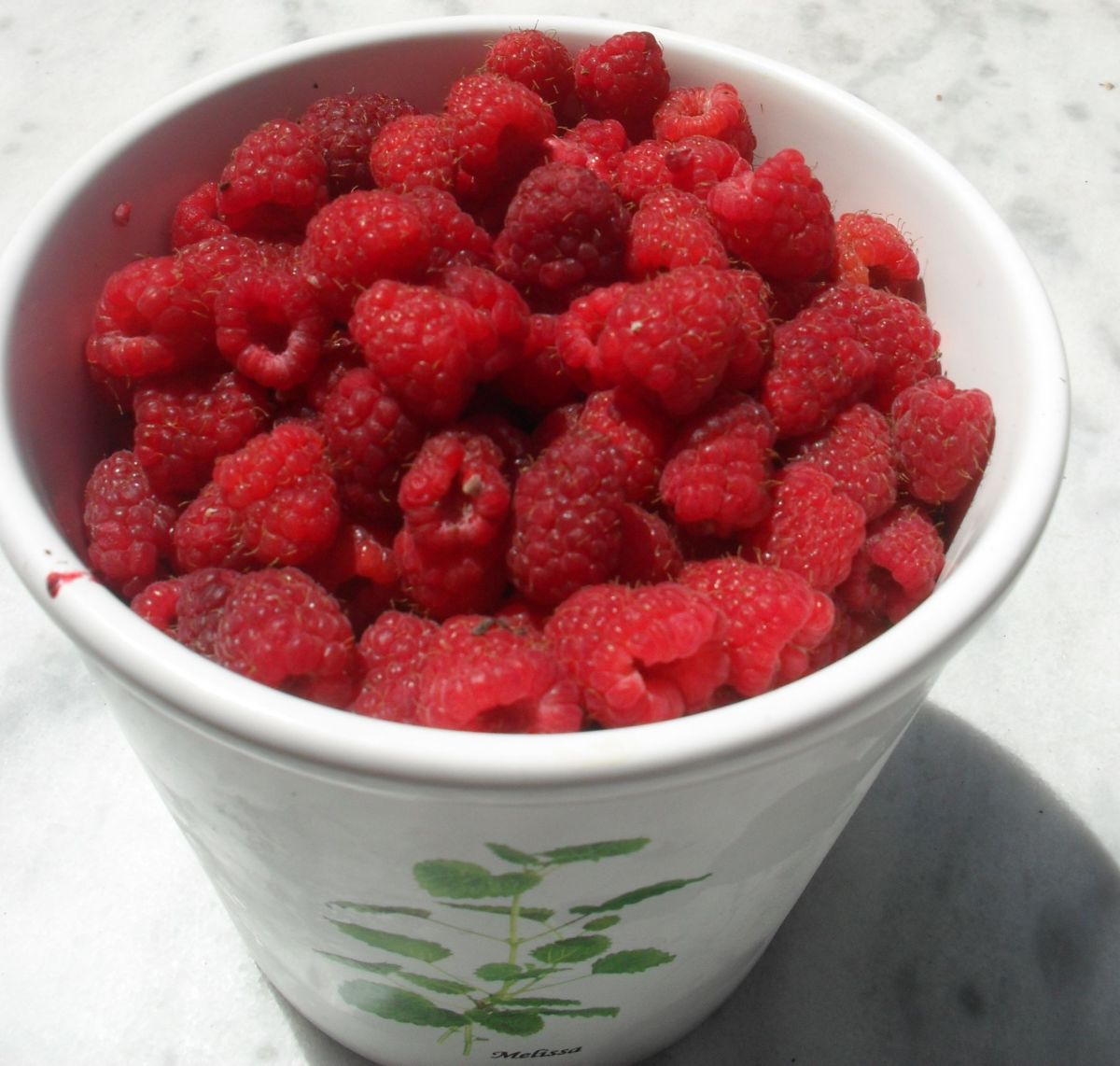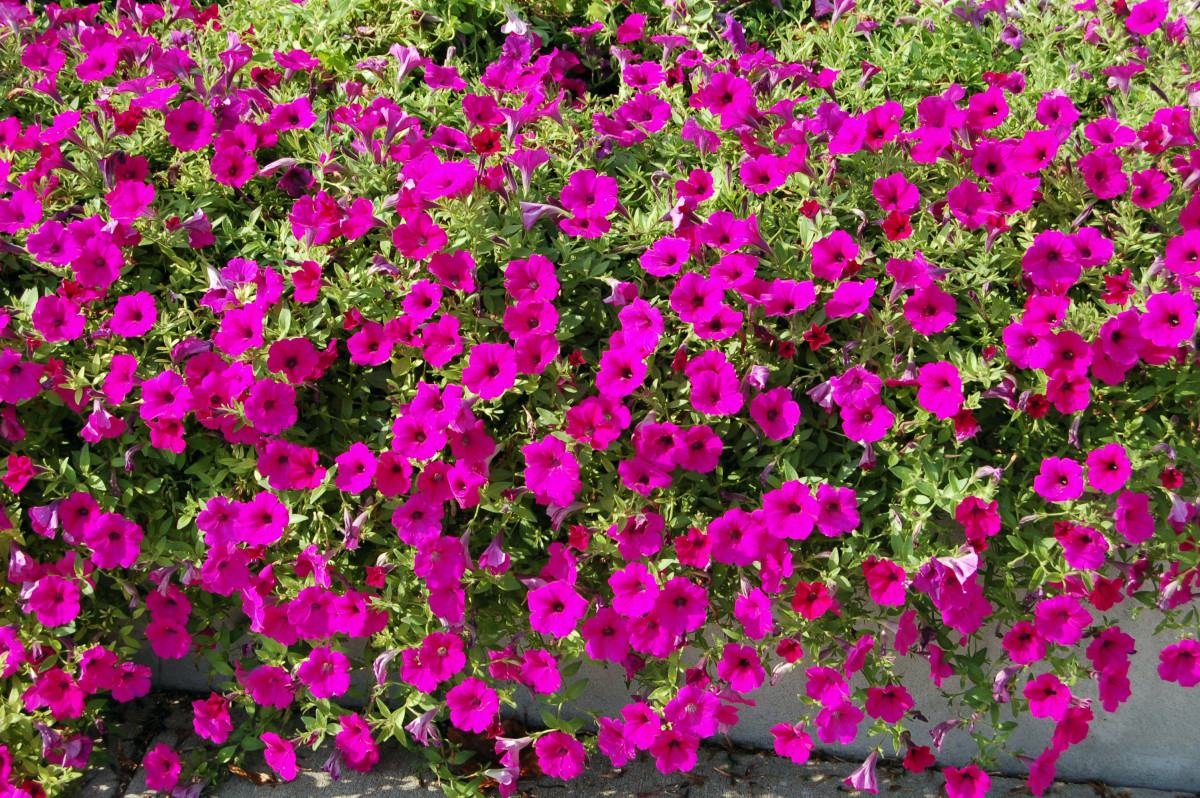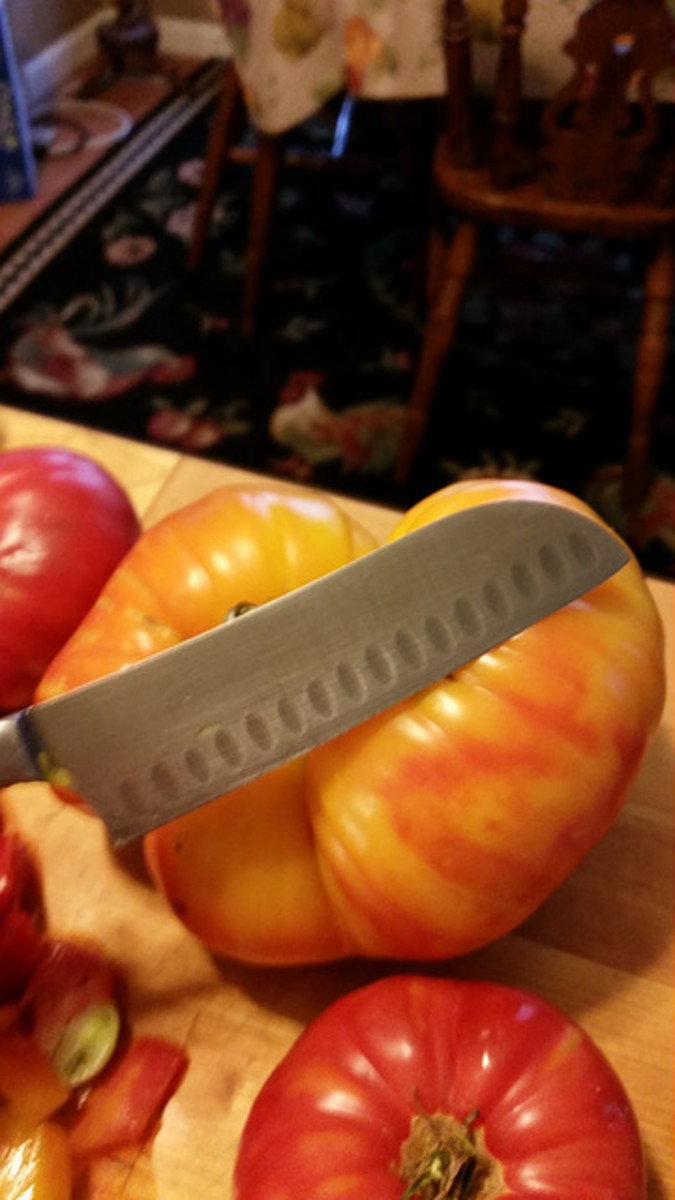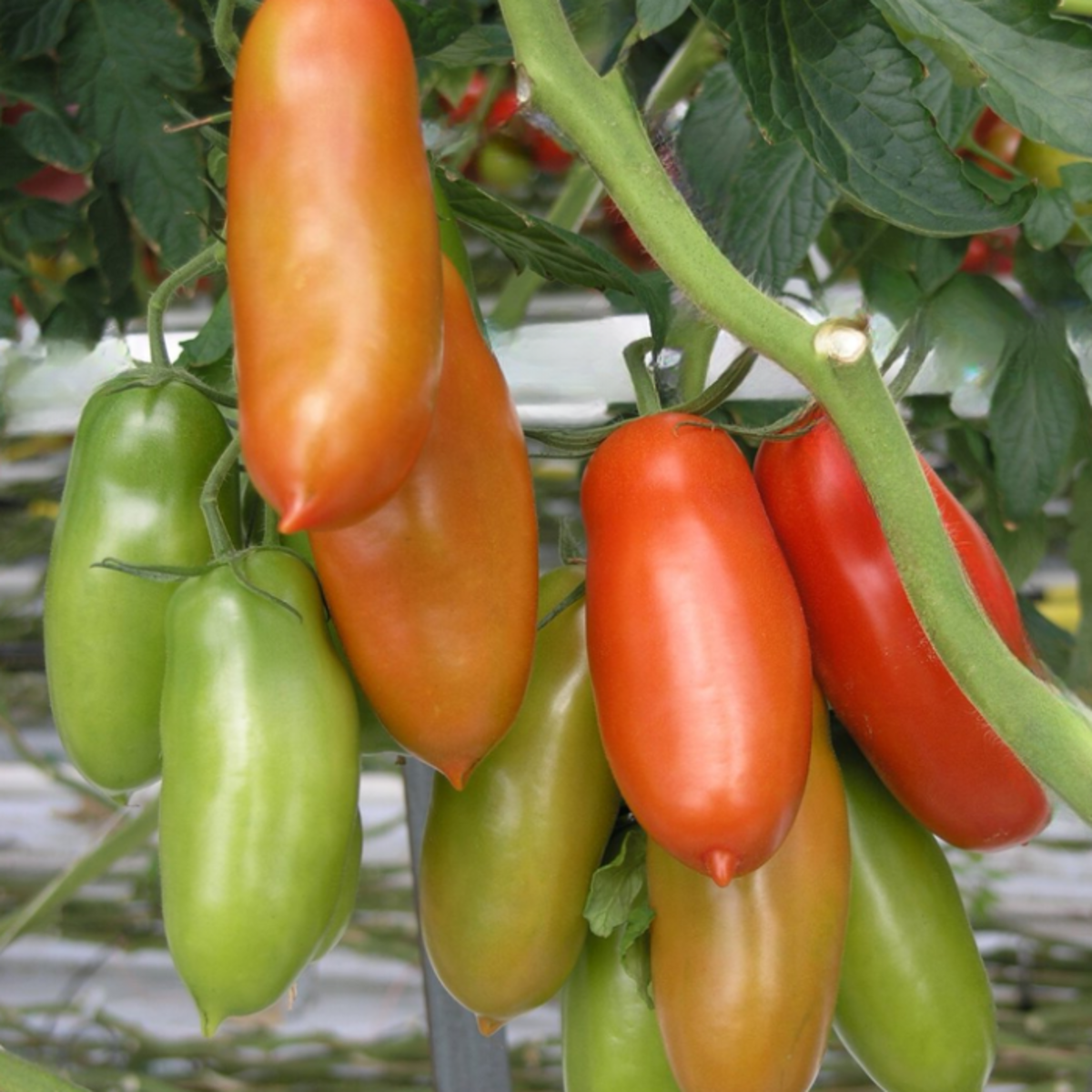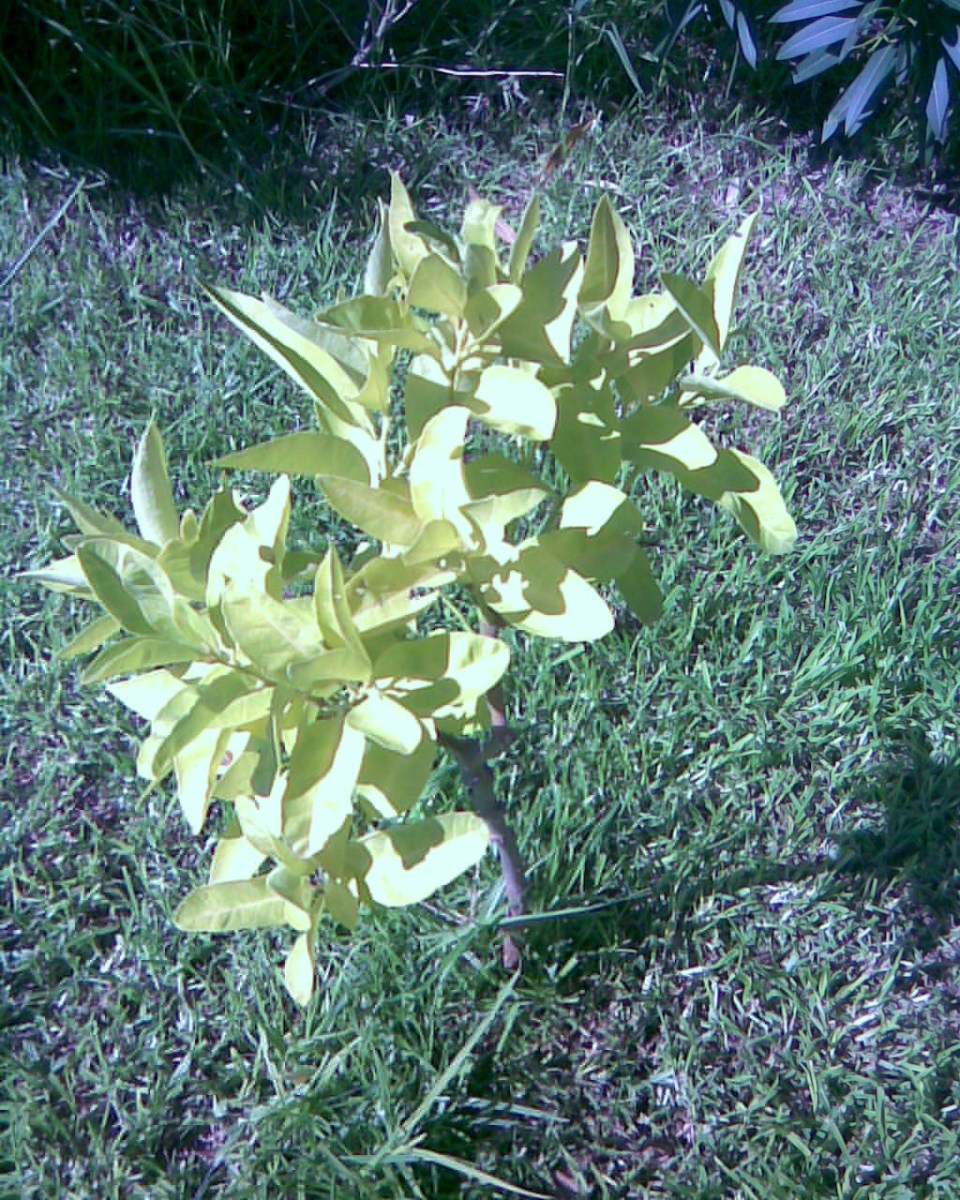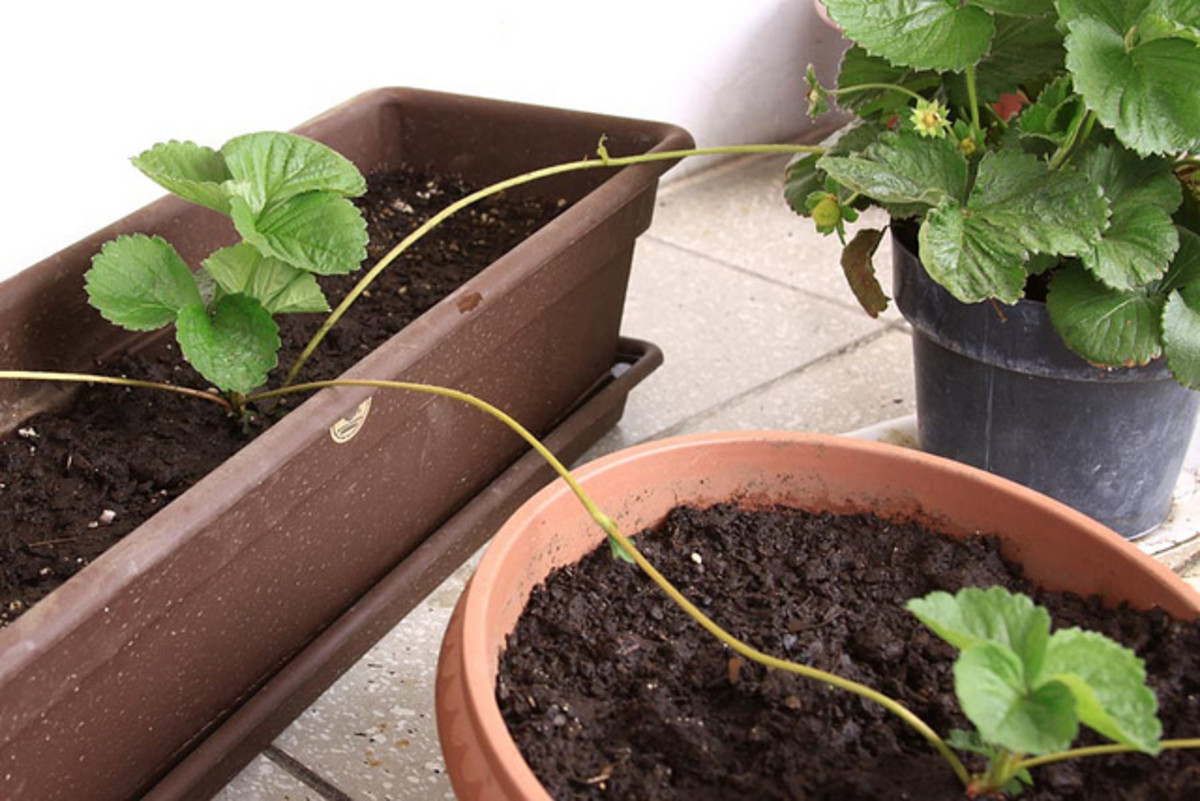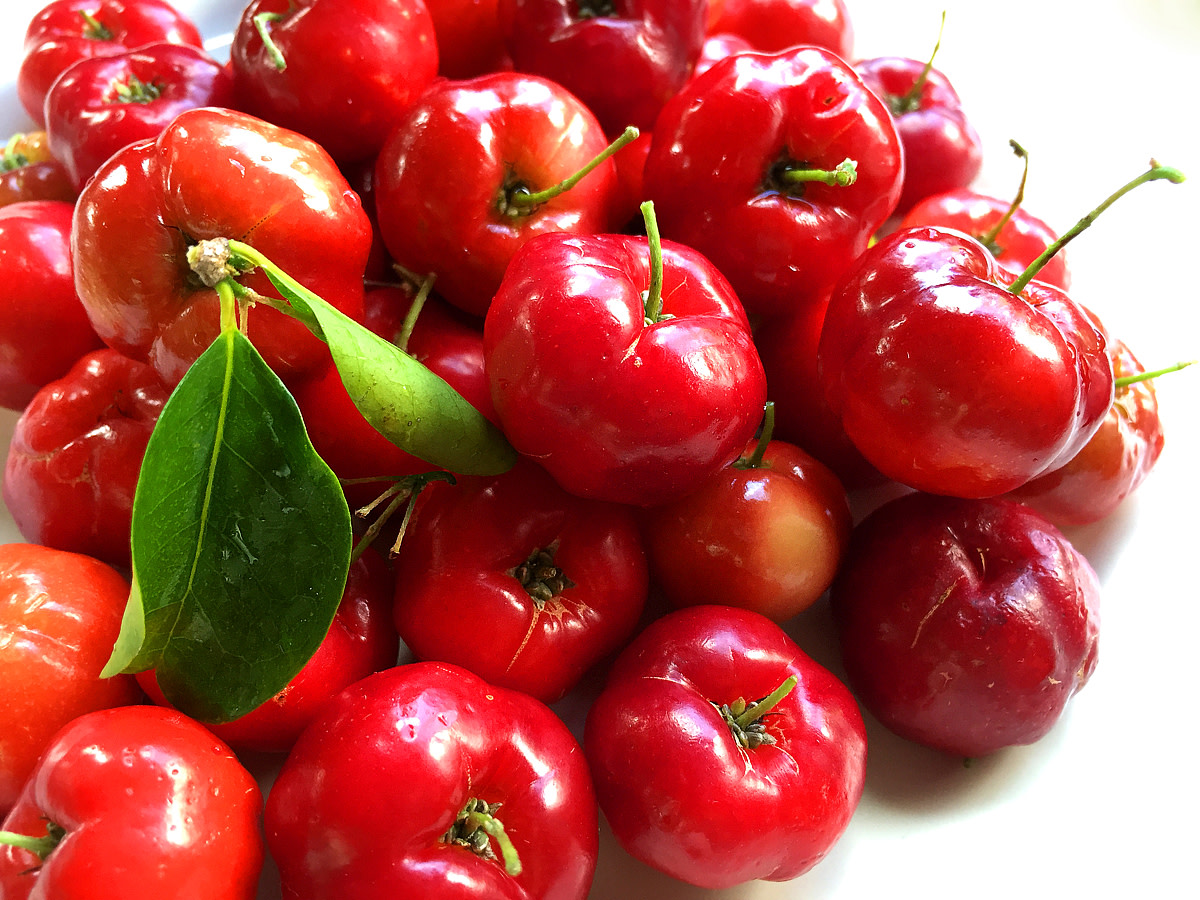How to Grow Raspberries in the UK
Raspberries
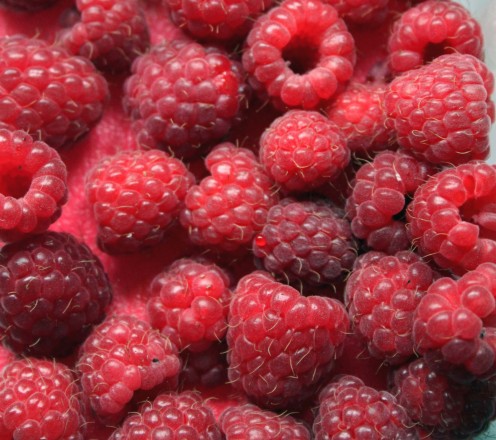
How to Grow Raspberries
Raspberries are a really popular summer fruit that are easy to grow providing an abundance of fruit from midsummer to mid autumn. And, if you have more than enough to eat, you can freeze them for a later date.
Growing Conditions
Raspberries, native to northern Europe, require a moisture retentive soil, with plenty of organic matter, and that is neutral to acid; highly alkaline soils are not ideal for raspberries, though they will tolerate slightly alkaline soils.
Raspberries dislike wet, soggy soils during winter, when they will be susceptible to root diseases and rotting. Improve the soil with garden compost and/or coarse grit (lime-free) down to spades depth as this where the grow.
Raspberries are best grown in a sunny, sheltered position to achieve the largest crops, but will tolerate some shade. And, whilst the flowers are self-fertile, they do still need to be pollinated by insects.
Choosing and Buying Raspberries
Raspberry canes are traditionally sold in bundles at garden centres or other suppliers from autumn to spring, and increasingly in pots. All plants must be sourced from certified stock as they are prone to viruses which are spread by aphids.
Raspberries come as two types, summer fruiting or autumn fruiting. Summer fruiting varieties you will have to wait another season before they fruit and autumn fruiting varieties will fruit the same year. The distinction between the two is important, not only for fruiting, but pruning too.
Summer Fruiting Varieties
‘Glen Moy’ AGM - This early summer raspberry bears heavy crops of medium to large berries, which have a good flavour. Also, It may produce a small crop on the new canes, in autumn. The spine-free canes are compact. Pick mid June to mid July.
‘Glen Ample’ AGM - The delicious, large fruits are produced during mid-summer and are extremely heavy-yielding with vigorous, upright, spine-free canes. The berries are produced on long, upright stems, making picking easy. The fruit freeze well, so any excess can be used later. They also make excellent jam and jellies, as well being delicious fresh fruit for desserts. Pick July to August
‘Octavia’, - This variety produces upright, sturdy and slightly spiny canes. Fruits are larege and firm with good colour, flavour and shelf life. They also have fewer seeds than other varieties. Pick mid July to mid August.
‘Leo’ AGM - This cultivar is one of the latest summer raspberries to ripen, producing large, firm fruits with an excellent flavour. The stems are very long, so harvesting is easy; site in a sheltered position. The fruits are excellent for dessert, freeze exceptionally well, and are suitable for all other purposes. Pick mid July to mid August.
‘Malling Admiral’ - A summer raspberry bearing good yields in mid- to late summer on strong-growing, tall canes, which are best sited in a sheltered spot. The flavour is excellent, and the large berries ripen to deep red. The fruits are excellent for dessert, freeze exceptionally well, and to make jam. Pick mid July to mid August.
Autumn Fruiting Varieties
‘Polka’ - This new autumn cultivar ripens two weeks earlier than ‘Autumn Bliss’, bridging the gap between summer and autumn. It produces very high yields of large, well-flavoured fruits, and can be stored in the fridge for many days. Pick early August.
‘Autumn Bliss’ AGM - The short, sturdy canes of this popular autumn cultivar produce high yields from late summer to mid-autumn. The fruit is large and deep red with a firm texture and excellent flavour. Pick mid August to late September.
‘Autumn Treasure’ – A new variety with spine-free canes which are upright and easy to manage; produces long, conical berries with a good shelf life. Pick mid-August to mid-September.
Planting Raspberries
Prepare the site by removing all perennial weeds before planting as these are difficult to control once the raspberries are established. Separate the bundles of canes and plant each cane 30cm (12in) apart and add a mulch of bulky organic matter, not mushroom compost or farmyard manure.
Summer raspberries require a sturdy support system: run two wires – one 60cm (2ft) high and the other 1.5m (5ft) high – along the length of the row. Autumn raspberries don’t require support.
Once the newly planted canes start to burst into leaf in spring, cut them down to 10-15cm (4-6) in height to encourage more canes to be produced and tie summer fruiters to the wire supports.
Growing Raspberries in Containers
Single raspberry plants can be grown in 38cm (15in) diameter container in a mixture of 80 percent multipurpose compost and 20 percent loam-based potting compost, training the canes up bamboo poles.
Keep the compost moist (using rainwater in hard water areas) and feed with liquid seaweed on a monthly basis during the growing season.
Plant Care
In early summer, pull up suckers between the rows of summer raspberries and thin autumn raspberries to 10cm (4in) apart. Cut out fruited summer canes once they’ve finished cropping and tie in new ones, thinning them to 10cm (4in) apart. Cut autumn raspberry canes down to the ground in midwinter. In mid-spring, top-dress both summer and autumn varieties with blood, fish and bone, with a layer of organic matter.
Pest and Diseases
Raspberry Beetle - This is the main problem on raspberries. Dry patches develop at the stalk-end in midsummer, and often you will find a small white maggot inside the fruit.
Remedy: Once you see the symptoms, it is too late to treat your raspberries. You can pick off the infected fruit, but this will not stop the spread, as the damage is already done. You can spray with pyrethrum when you see the first pink fruits, and spray again two weeks later. This acts as a preventative and should prevent attacks of raspberry beetle.
Raspberry Cane Blight - Cane blight is a serious fungal disease in raspberries. During summer, leaves on fruiting canes wither and the bases of the canes turn dark brown, and the bark may split. The wood becomes very brittle so that the canes snap off easily at the base.
Remedy: Weak and plants under stress are more susceptible to cane blight, so make sure raspberries are well watered and mulch with well-rotted manure around the base to prevent drying out. When planting, make sure canes are well-spaced so that they have good air circulation. Where the disease develops, cut out and dispose of any affected canes. Cut back to below soil level and disinfect the secateurs between cuts.
Raspberry Spur Blight - This is a fungal disease causing purple patches on canes. It rarely kills raspberries, but can reduce yield severely by weakening the canes and killing buds.
Remedy: Avoid overcrowding by thinning out any young canes that are not required. This should be done as early in the spring as possible. If spur blight develops, cut out and dispose of badly affected canes.
Raspberry Cane Spot - Small purple spots form on the canes in May or June. In serious cases the spots spread and can kill off the cane. Fruit may also be distorted.
Remedy: Weak and plants under stress are more susceptible to cane spot, so make sure raspberries are well watered and mulch with well-rotted manure around the base to prevent drying out. Where the disease develops, cut out and dispose of any affected canes.
Iron Deficiency - This is characterized by yellowing between the veins and often shows up in plants grown on alkaline soils. This can be prevented by adding sequestrene of iron or iron sulphate to the soil.
Now enjoy the taste of home grown raspberries
Want to get automatic updates when I write new hubs? Subscribe to my Hubpages via RSS.
Soil Testing from The Fertile Earth Consultancy
- Soil Fertility Products, Sustainable Soil Fertility Products, Organic Plant Food Products, Organic P
The Fertile Earth Consultancy - A UK Company Promoting Sustainable Soil Fertility Products and a healthy environment. The Fertile Earth Consultancy offers soil fertility products, Sustainable Soil Fertility products, pest and diseases, organic plant



